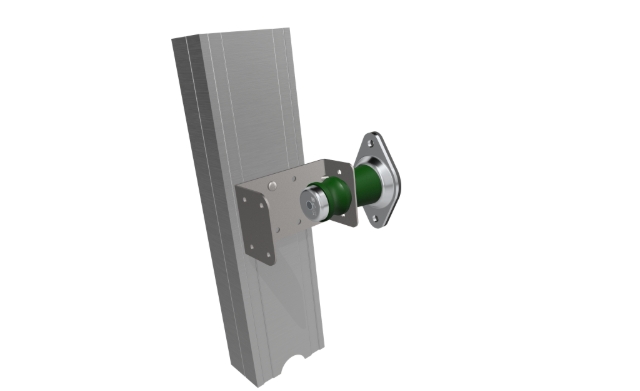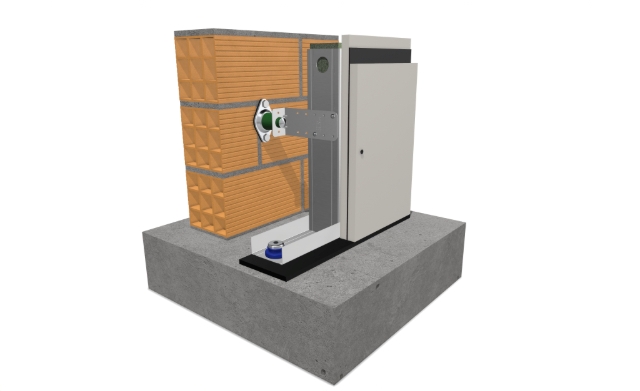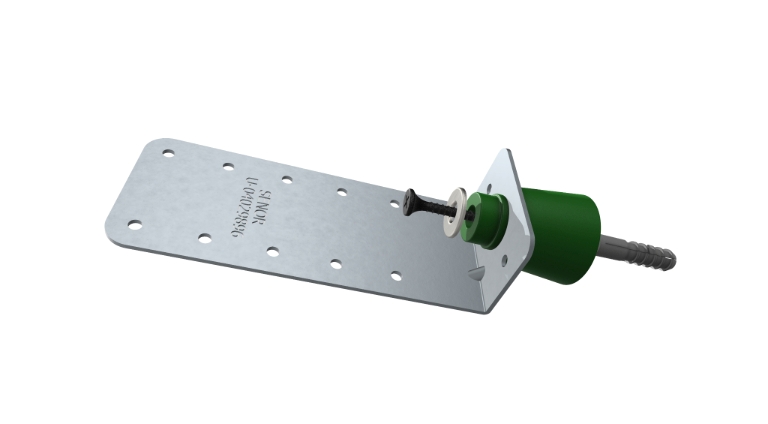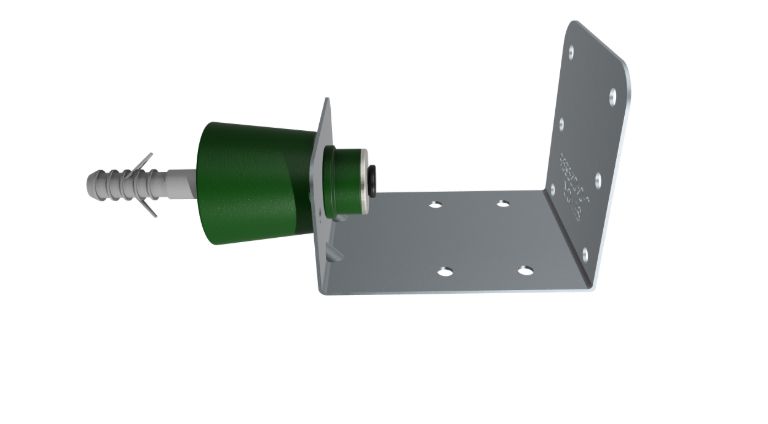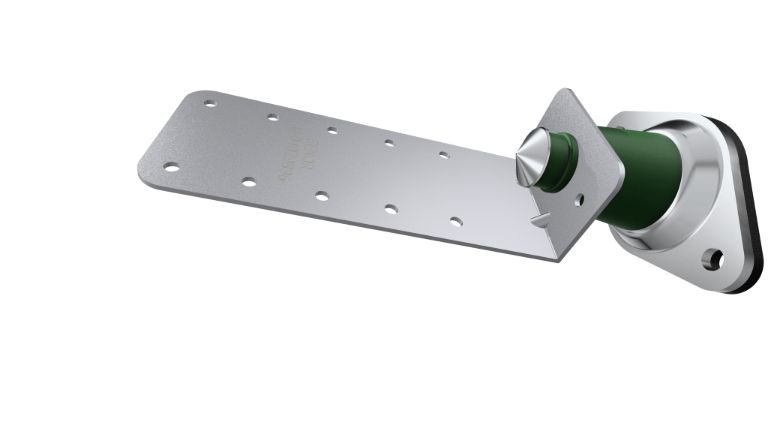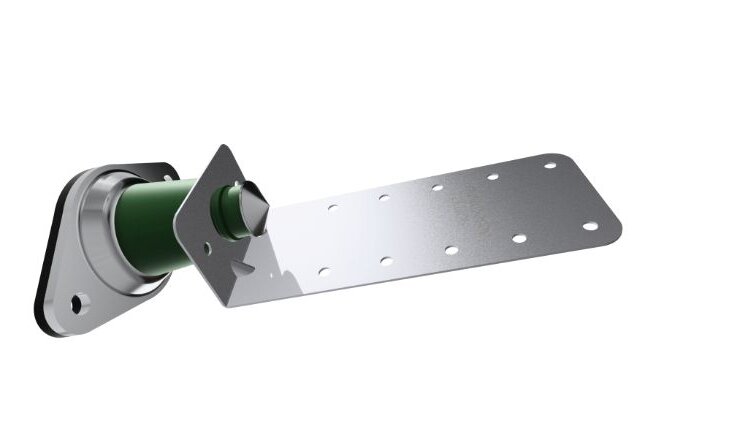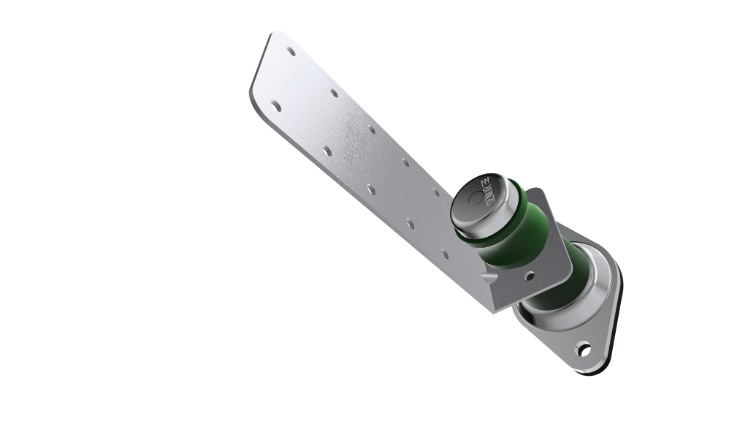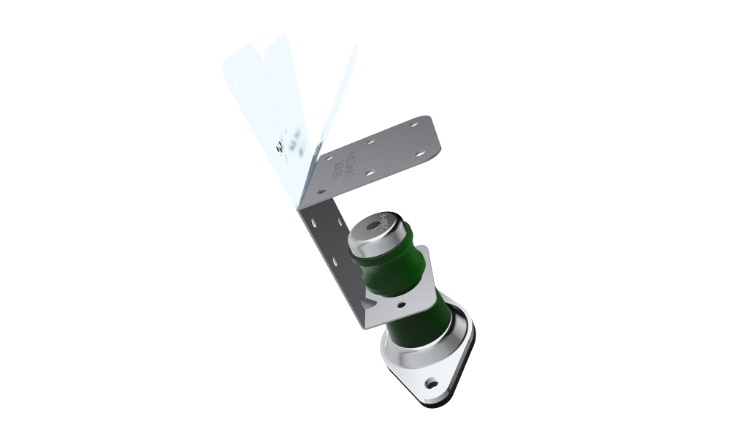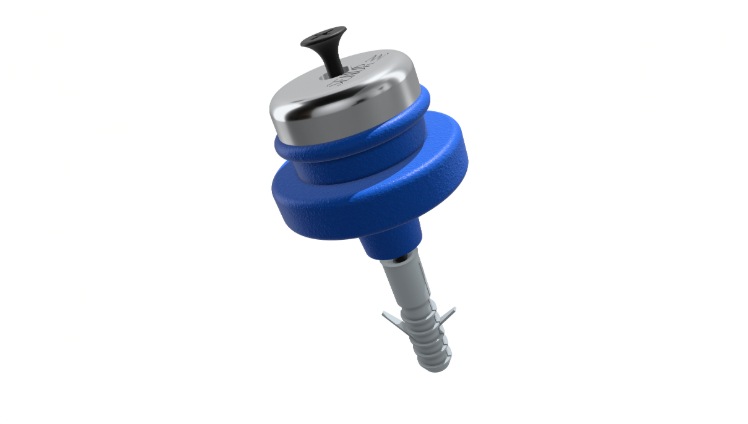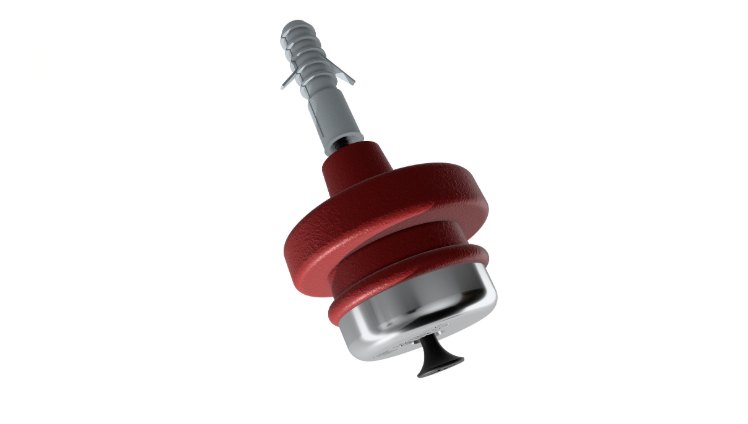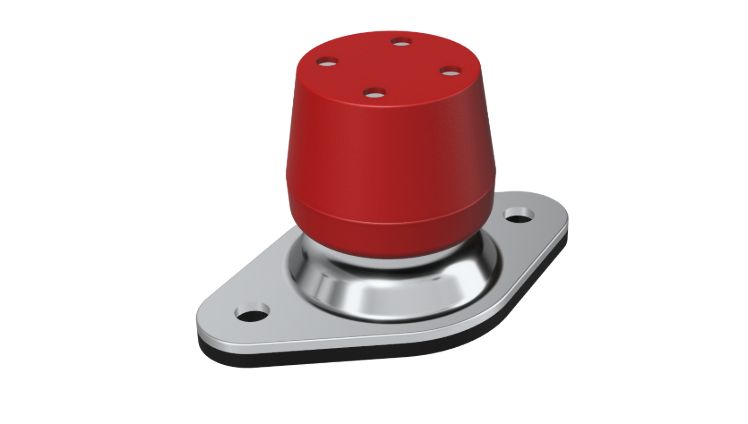Self-Supporting Wall Lining(profile channels and studs) USING SENOR’S RUBBER RANGE DAMPERS.
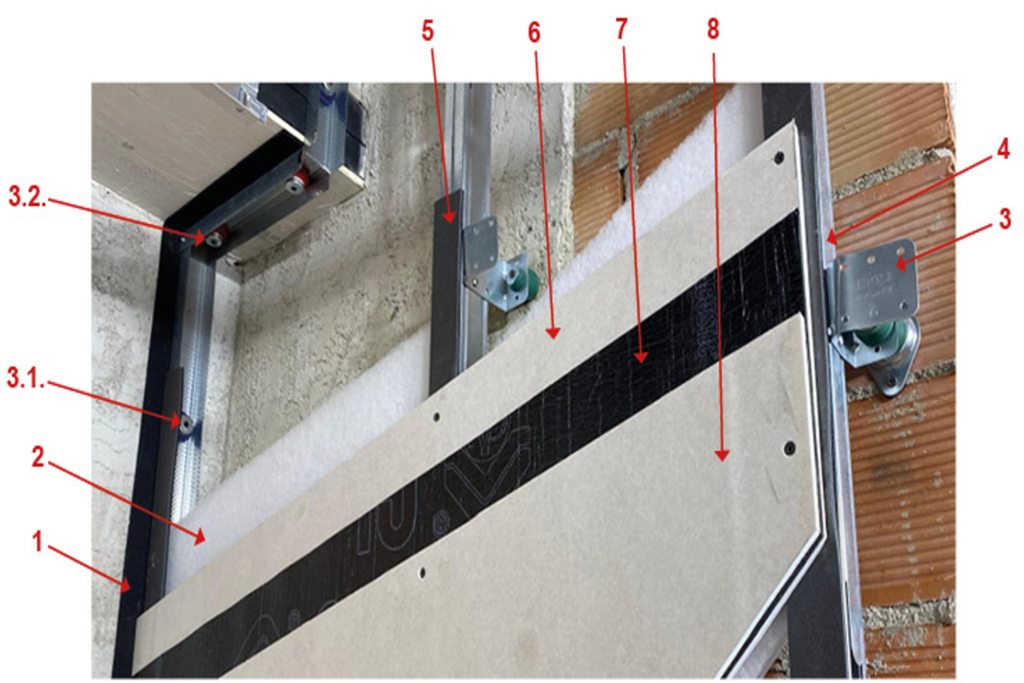
Ideal system for outstanding soundproofing
Recommended for households, shops, restaurants, hotels, office rooms, etc.
Soundproofing system for airborne and impact noise
Polymeric (rubber) dampers enable the attenuation of medium and high frequencies.
The system was tested at the Tecnalia Acoustic Laboratory, achieving an acoustic enhancement of 16dB with a total thickness of 19.5 cm.
Acoustic test report: https://senor.es/wp-content/uploads/2024/07/ACOUSTIC-laboratory-test-3802-TD1-.pdf
CONSTRUCTION SOLUTION
Data based on a wall under 3 meters high with channels and studs.
1) SE-BEC-6×80 (SENOR) SELF-ADHESIVE ACOUSTIC STRIP: Made of high-quality EPDM material (perimeter seal), providing both airtightness to the solution and elasticity around the perimeter.
2) Absorptive material: ROCK WOOL (glass or rock wool) or POLYESTER FIBRE, placed in the air cavity. We recommend using two layers of this material to improve the absorption coefficient (one layer within the structure and another between the structure and the wall). A thickness of 50 mm and a density of around 30 kg/m³ is recommended.
3) Compatible dampers:
* SE-3800/TD1+TA Damper:Installed on vertical studs with MM (Metal-Metal) screws. It includes 4.2×70 screws and M6 wide-wing washers for wall installation. The operator controls the axial compression of the damper’s polymer (rubber) by adjusting the force applied when tightening the screw, ensuring it is not over-compressed. It is used for cavity walls with an air gap of more than 10 cm and a maximum height of 4.5 m. It features a steel bracket with a thickness of 1.5 mm. If there is any excess bracket material beyond the outer line of the studs, it can be cut with an angle grinder.
*SE-3801/TD1+TA Damper: Installed on vertical studs with MM (Metal-Metal) screws. It includes 4.2×70 screws and M6 wide-wing washers for wall installation. The axial compression of the damper’s polymer (rubber) is controlled by the operator through the force applied when tightening the screw, so it should not be over-compressed.
It is used for cavity walls with an air gap of up to 10 cm and a maximum height of 4.5 m.
It features a steel bracket with a thickness of 0.8 mm. Any excess bracket material beyond the outer line of the studs can be easily bent inward by hand and serves as a fixture for the absorptive material.
*SE-3802/TD1 Damper: Installed on vertical studs with MM (Metal-Metal) screws. It features a metal base with dual wall fixings for enhanced security and an EPDM pad for improved stability. The axial compression of the damper’s polymer (rubber) is factory-set, ensuring optimal acoustic performance.
It is designed for cavity walls with an air gap of more than 10 cm and a maximum height of 4.5 m.
It includes a steel bracket with a thickness of 1.5 mm. If any part of the bracket extends beyond the outer line of the studs, it can be trimmed using an angle grinder.
*SE-3803/TD1 Damper: Installed on vertical studs with MM (Metal-Metal) screws. It features a metal base with dual wall fixings for enhanced security and an EPDM pad for improved stability. The axial compression of the damper’s polymer (rubber) is factory-set ensuring optimal acoustic performance.
It is designed for cavity walls with an air gap of up to 10 cm and a maximum height of 4.5 m.
It includes a steel bracket with a thickness of 0.8 mm. Any excess bracket material extending beyond the outer line of the studs can be easily bent inwards by hand and serves as a fixture for the absorptive material.
* SE-3900/TD2 Damper:Installed on vertical studs with MM (Metal-Metal) screws. It features a metal base with dual wall fixings for enhanced security, an EPDM pad for improved stability, and a dual polymer (rubber) core. The axial compression of the damper’s polymers is factory-set, ensuring optimal acoustic performance.
It is designed for high cavity walls (over 4.5 m) with an air gap of more than 10 cm.
It includes a steel bracket with a thickness of 1.5 mm. If any part of the bracket extends beyond the outer line of the studs, it can be trimmed using an angle grinder.
* SE-3901/TD2 Damper: Installed on vertical studs with MM (Metal-Metal) screws. It features a metal base with dual wall fixings for enhanced security, an EPDM pad for improved stability, and a dual polymer (rubber) core. The axial compression of the damper’s polymers is factory-set, ensuring optimal acoustic performance.
It is designed for high cavity walls (over 4.5 m) with an air gap of up to 10 cm.
It includes a steel bracket with a thickness of 0.8 mm. Any excess bracket material extending beyond the outer edge of the studs can be easily bent inwards by hand and used to secure the absorptive material.
The recommended placement on the studs is 2 (two) dampers on odd-numbered profiles and 1 (one) damper on even-numbered profiles.
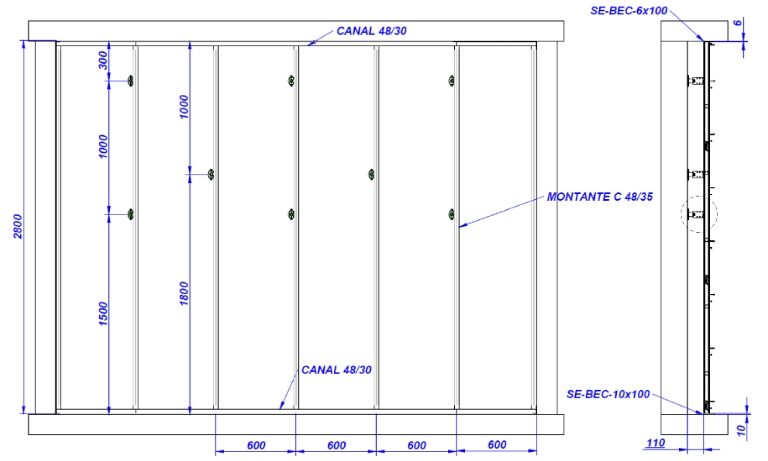
For optimal acoustic performance in self-supporting partition walls, it’s essential to use dampers on the perimeter profiles as well. This adds elasticity to the entire metal structure and prevents rigid connections or acoustic bridges, meaning the screws don’t make contact with the profiles, which helps to stop vibrations from transferring between the original building structure and the partition.
Below, we list the most in-demand products of this type:
✓ SE-TAV-500/11 A(blue rubber): This damper is designed for installation on horizontal floor profiles and vertical profiles adjacent to the wall. It comes with 3.5×55 mm screws and 6 mm nylon plugs. Installation requires drilling a 12.5 mm hole in the profiles.
For optimal results, a stepped metal drill bit is recommended for ease of use.
✓ SE-TAV-500/11 R(red rubber): This damper is designed for installation on horizontal ceiling profiles. It includes 3.5×55 mm screws and 6 mm nylon plugs. Installation requires drilling a 12.5 mm hole in the profiles.
A stepped metal drill bit is recommended for ease of use.
✓ SE-TMT/50 R: This damper is used in cases where there is an uneven floor level. It is installed beneath the horizontal floor profiles and features a dual-fixation base with an EPDM pad for improved stability. Additionally, it includes a unique levelling system that compensates for floor irregularities of up to 2 cm, ensuring an even weight distribution across all dampers and optimising performance.
This levelling system simplifies installation and saves time, as it allows the use of studs of uniform length.
4) Profiles: Installed vertically every 60 cm, they provide rigidity to the solution.
NOTE: For this guide, we have considered using 48 mm channels and studs. However, other sizes are available on the market, including 36 mm (not recommended for soundproofing), 55 mm, 70 mm, 90 mm, 100 mm, 125 mm, 150 mm, and more.
5) SE-MONT-BICAPA-40 Decoupling Strip (SENOR): This strip acts as a separator between the profiles and plasterboards, helping to dampen vibrations.
6) Plasterboard: For the first layer of boards, we recommend using 15 mm plasterboard (approx. 10.5 kg/m²) to add mass to the system.
7) Acoustic Membrane (Bituminous): We recommend using ViscoLAM 65 (ChovA), M.A.D. 4 (DANOSA), TECSOUND (SOPREMA), or a similar 4 mm thick membrane (approximately 6 kg/m²). It acts as a barrier against airborne noise transmission and, due to its high density, adds mass to the system. Acoustic membranes with a 4 mm thickness provide better acoustic performance than 2 mm alternatives.
8) Plasterboard: For the second layer of boards, we recommend using 12.5 mm plasterboard (approximately 8.5 kg/m²) to further enhance the mass of the system.
NOTE: Standard plasterboards (approx. 700 kg/m³ density) or acoustic plasterboards (approx. 1,000 kg/m³ density) can be used. The density of the boards varies by manufacturer. Acoustic plasterboards, having a higher density than standard ones, contribute more mass to the system, thereby improving soundproofing.
SPACE/THICKNESS OF THE SOLUTION:
We operate on the principle that greater thickness leads to enhanced soundproofing.
As such, a self-supporting wall lining with channels and studs will deliver outstanding acoustic results. This solution is ideal when space is not a limiting factor.
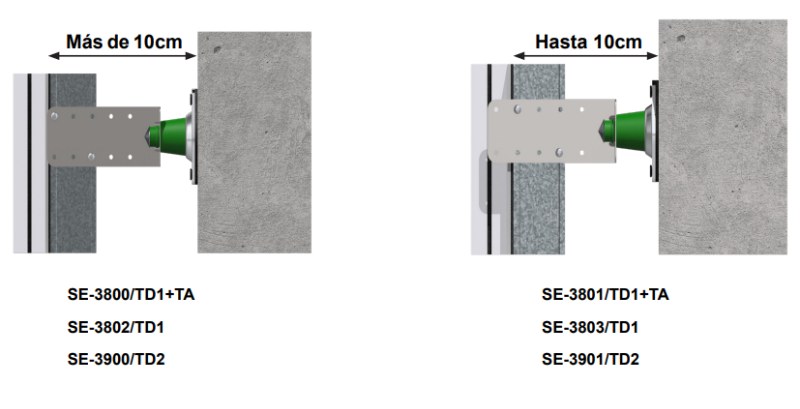
STEP-BY-STEP INSTALLATION VIDEO:
Assembled using SE-3803/TD1, SE-TAV-500/11A, and SE-TAV-500/11R dampers: https://www.youtube.com/watch?v=hM3zXd1mndw&t
TIPS:
Seal all holes or gaps in the original wall/ceiling before applying the treatment to ensure airtightness.
When working with a newly constructed wall or ceiling, it is recommended not to place the dampers directly onto the bricks. The wall should have a mortar layer of approximately 1 cm.
Seal the joints between the plasterboard and the perimeter, as well as between the boards themselves, in both the first and second layers.
The profiles and plasterboard must be fully “supported” along their entire length by the acoustic strip. Therefore, the strip’s width should be equal to or greater than the thickness of the solution.
To achieve optimal acoustic results, it is advisable to avoid drilling into the system.
It is recommended to carry out a holistic treatment on the walls, ceiling, and floor (box within a box) to achieve the best acoustic results.
For securing the dampers, we recommend 8mm nylon plugs and screws ranging from 65mm to 75mm in length.
For securing the first layer of boards, we recommend using 25mm or 35mm long phosphated screws, and for the second layer, 45mm long screws.
NOTE 1: The solution outlined has been developed based on our expertise and experience. Please note that this is not the only approach, as several combinations with different components are possible. We strive to offer support and guidance in resolving the noise issues that, regrettably, affect many individuals.
NOTE 2: Using high-quality products and ensuring proper installation are essential for achieving optimal acoustic results. Therefore, it is crucial to be thoroughly aware in order to avoid mistakes that could undermine the said enhancement.
NOTE 3: Soundproofing encompasses rigidity, elasticity, mass, sealing, absorption coefficient, and proper execution. Various type of materials are used to achieve these factors, and when combined correctly, they enable us to obtain the desired acoustic results. Kindly note that there are no miracle products capable of solving noise issues on their own. Omitting some of the required factors, and consequently replacing components, will lead to a substandard system and a reduction in soundproofing. In other words, a wasted financial and time investment in the project.
TECHNICAL DEPARTMENT:
We offer technical assistance free of charge to provide you with the most suitable acoustic treatments and proposals. You may contact us via:
tecnico@senor.es
607411620
